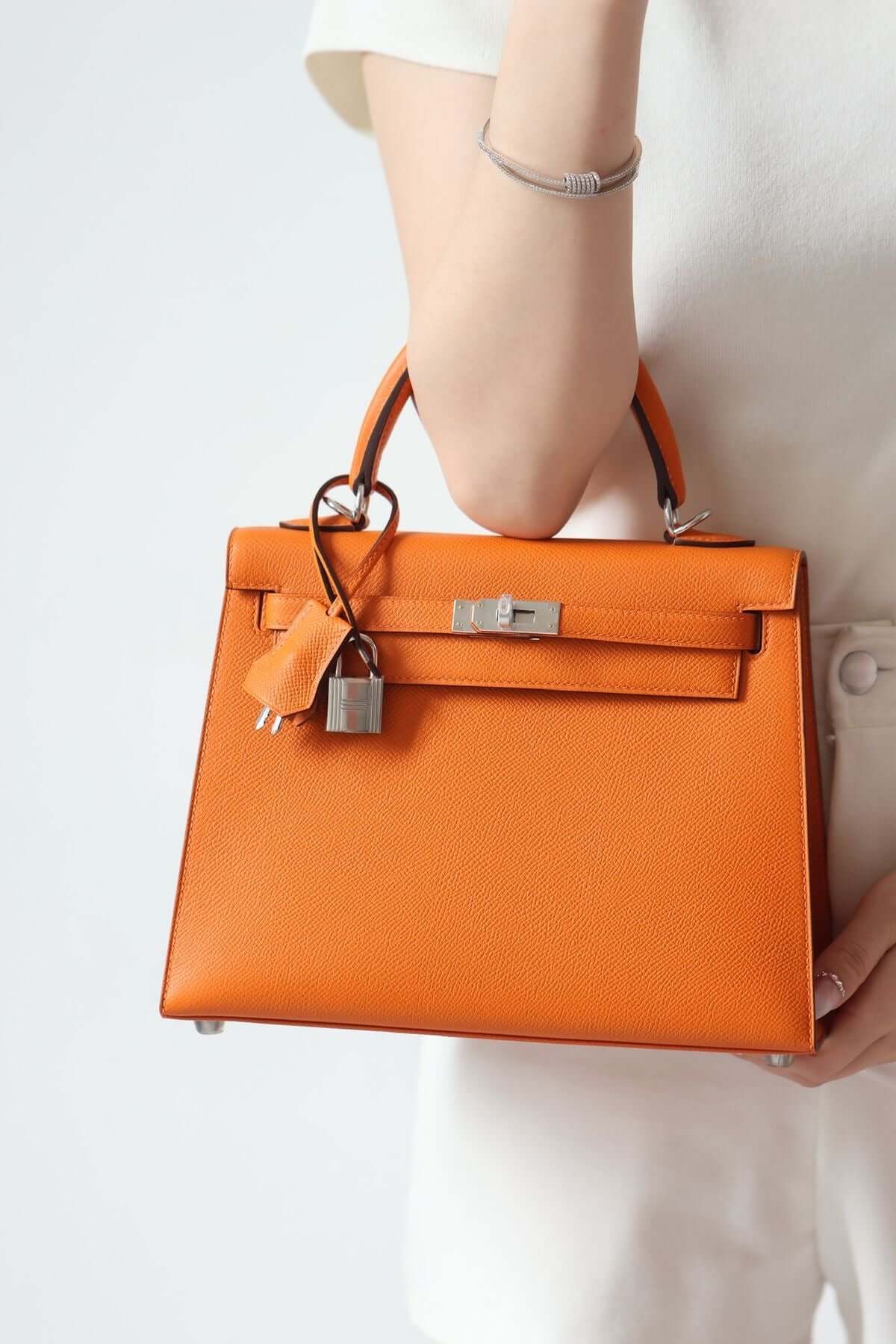Luxury Bags

There was a time when purchasing counterfeit luxury bags was considered taboo, something secretive and embarrassing. Authorities and brands frequently warned about the ethical and legal downsides of buying knockoffs. Yet, lately, there's been a notable shift in attitudes toward replicas, driven partly by celebrities who openly admit to owning them. So, how did replicas gain such acceptance, and what does it say about today's consumers?
Celebrities Breaking the Replica Taboo
Lady Gaga openly confessed at the "House of Gucci" premiere that she bought fake Gucci bags from New York's Canal Street. She humorously said, "Who hasn't done that? We all have" (People Magazine). Likewise, actress Sarah Jessica Parker revealed to Vogue that her iconic Hermès Birkin bag featured in "Sex and the City" was, in fact, a cheap replica used to conceal her pregnancy (Vogue). Even reality TV star Jen Shah made headlines when police discovered over 30 counterfeit luxury bags, including Chanel, Gucci, and Louis Vuitton, during a raid at her home (CNN Style). These examples illustrate how widespread—and increasingly open—the use of replicas has become.

Can Replicas Truly Match Originals?
Luxury brands boast meticulous craftsmanship, exclusive materials, and details hard to replicate fully. Authentication experts confirm that minor details like stitching, serial numbers, or hardware finish often reveal a bag as fake. While many replicas look impressive at first glance, upon closer inspection, differences emerge. An experiment by a fashion journalist showed a Louis Vuitton replica that seemed convincing initially but had glued seams and flimsy closures. Thus, despite improvements, experts maintain replicas rarely match originals in durability, detail, and emotional value.
However, it is essential to recognize that not all replicas are equal. There are varying grades of replicas, ranging from obviously cheap knockoffs to high-quality replicas nearly indistinguishable from originals. At our store, we proudly offer the highest grade replicas, crafted to closely match the details, materials, and overall aesthetics of genuine luxury items, providing a superior alternative for discerning consumers.
Positive Perspectives: Accessibility, Protest, and Smart Consumerism
Yet, attitudes toward replicas aren't entirely negative. For many, replica bags are practical, providing luxury aesthetics without exorbitant prices. Consumers increasingly view replicas as smart choices, balancing style desires with economic reality. A Guardian report noted some buyers see replicas as a protest against inflated prices set by luxury corporations. Younger generations, particularly Gen Z, embrace replicas openly, driven by skepticism toward brand elitism and appreciating transparency and economic sensibility. Surveys suggest over half of Gen Z consumers don't judge replica-wearers negatively, and many openly share their replica finds on social media.
The New Normal?
The growing acceptance of replica bags signals a new balance between aspiration and practicality. While ethical debates continue, the reality is clear: replicas have become normalized, driven by affordability, consumer activism, and cultural shifts. With celebrities openly endorsing them, it's increasingly challenging to maintain the stigma around "fakes." For many consumers today, choosing replicas isn't about deception—it's simply another valid fashion choice.
Sources:
-
People Magazine
-
Vogue
-
CNN Style
-
The Guardian



